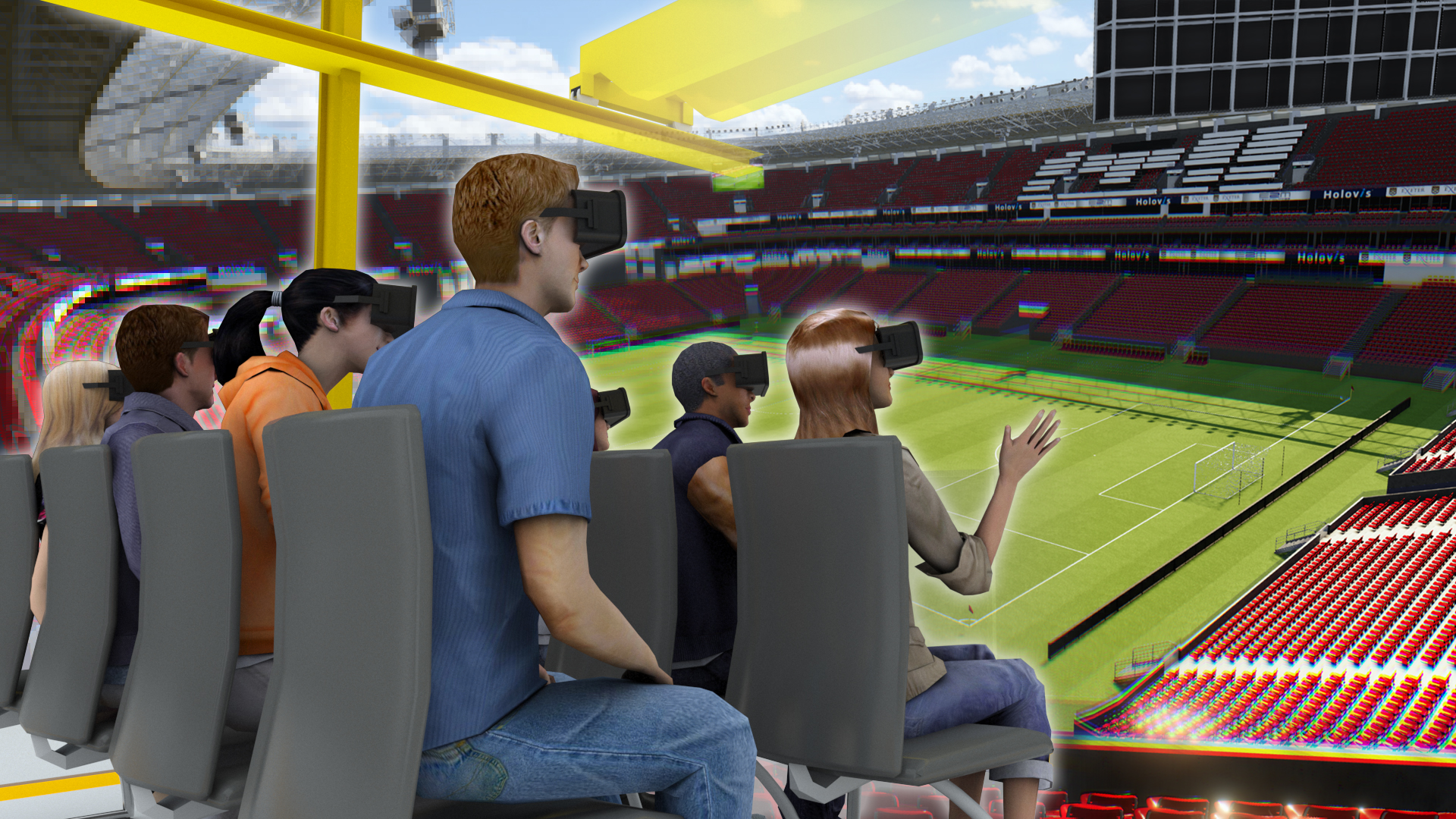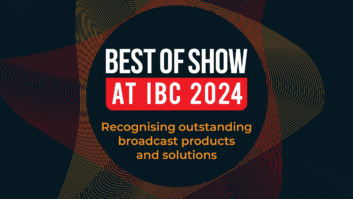
Nigel Best has joined Holovis as Business Development Director for simulation and training division.
A graduate of the British Army’s Command and Staff College and a Fellow of the Royal Aeronautical Society, he brings a comprehensive background and wealth of experience in the sector.
Nigel joins the company with a vast experience in both the UK and international training and simulation markets. Commissioned into the Royal Artillery, his military career spanned 27 years in a number of demanding appointments from operations to high profile posts leading research, requirements and procurement teams.
After leaving the Army, Nigel has held a number of business development and management appointments with CAE UK, QinetiQ, Simulation Displays and the Cohort Group. His specialisation is business and campaign development and execution and key account management in the global training market.
He joins Tom Smith, whose simulation and military background spans over 40 years’, from the Royal Navy, where he earned Fleet recognition by creating the CGI visual targeting scenarios for Sea Harrier Falklands training, to holding senior positions within Link Miles, Thales, Quadrant, BAE and Boeing.
He specialises in computer generated visual systems and his expertise has been applied to Leopard 2 and YPR tanks, civil airliners of all variants including Dreamliner and Concorde. Extensive military aircraft types from transport, helicopters through to fast combat jets.
Together, they will focus on developing next generation solutions for the simulation and training market, drawing on Holovis’s expertise in complex multisensory environments and development of emerging technologies.
Stuart Hetherington, CEO of Holovis explains:
“Nigel has joined our Simulation and Training business development team to accelerate our growth in this exciting marketplace. He and Tom are utilising the skills of our multidisciplined team, spanning content, software and engineering, to expand and innovative traditional and unique simulation and training solutions. As well as JTAC dome training environments, their focus will be on technologies currently lesser used in the industry, such as Augmented Reality for training and maintenance applications, and integration with our data and analytics platforms to gain insights and measure behaviour patterns.”





